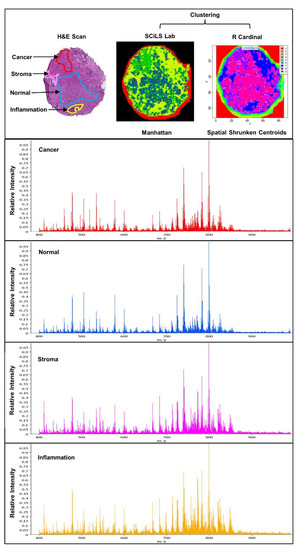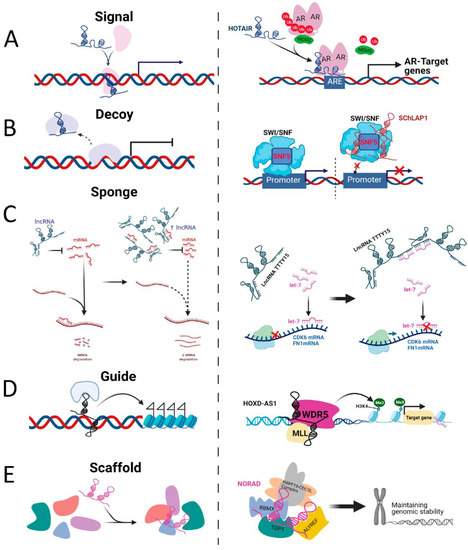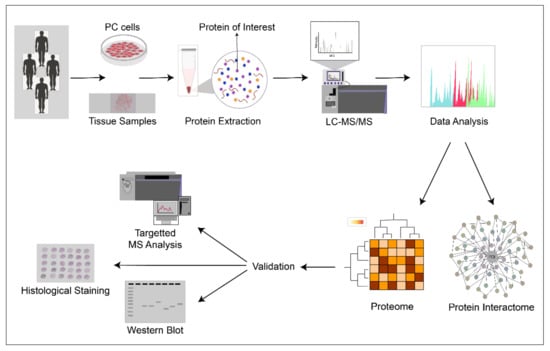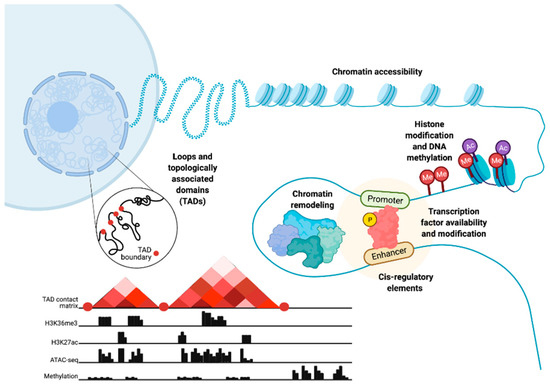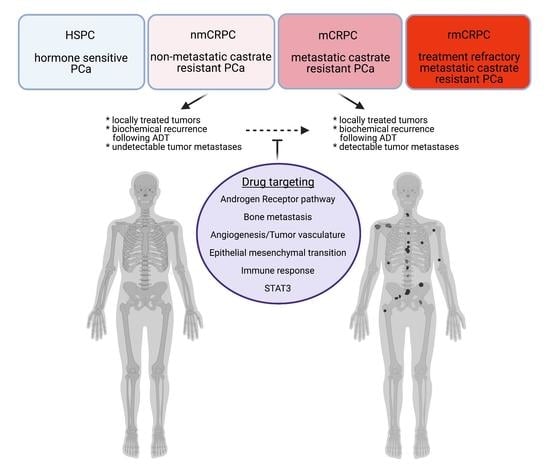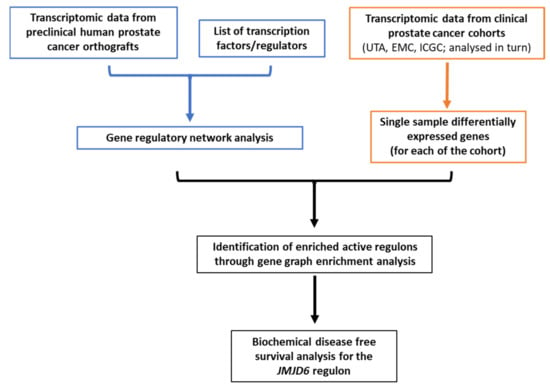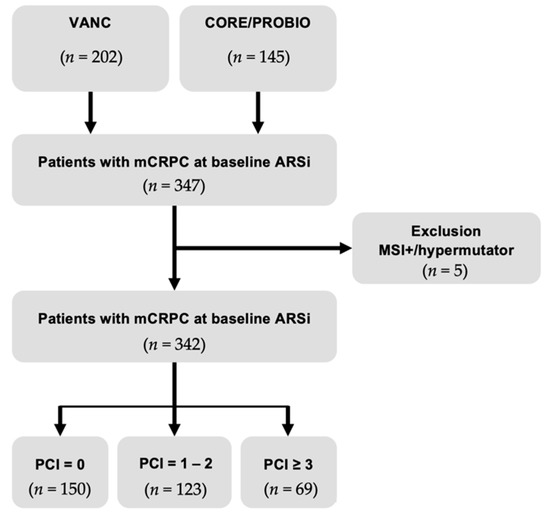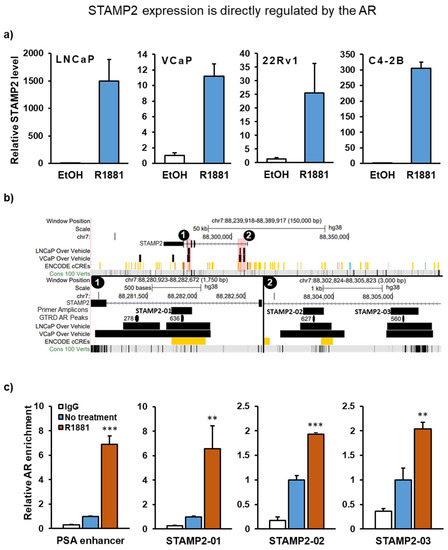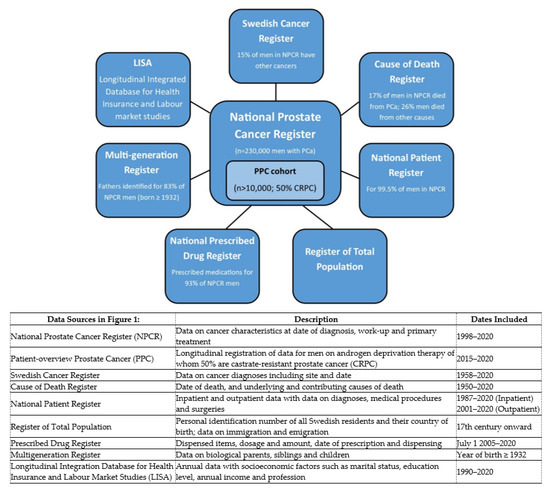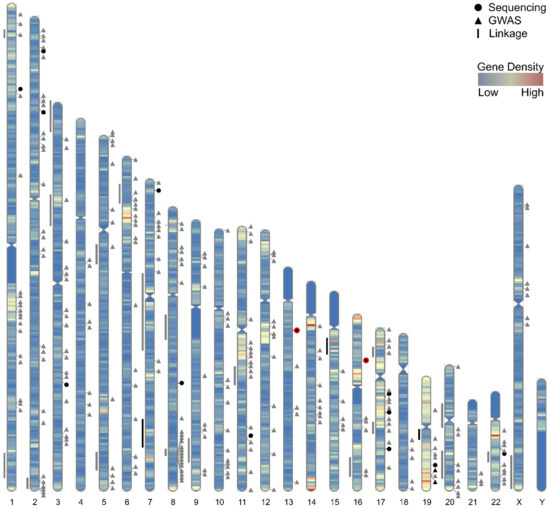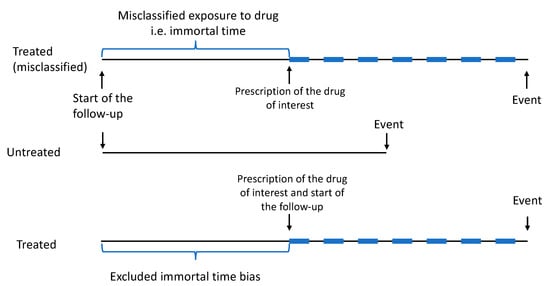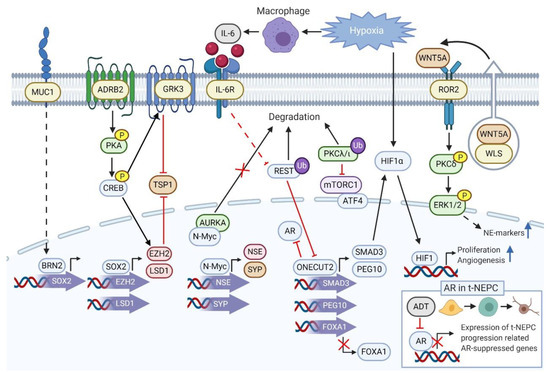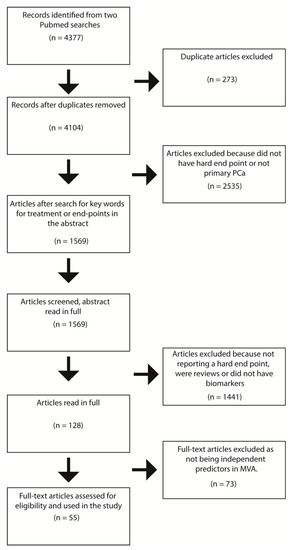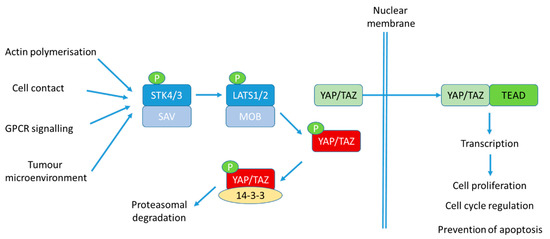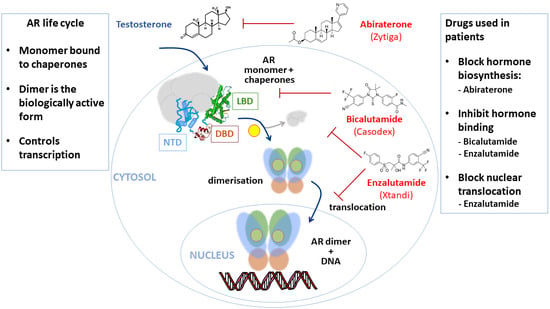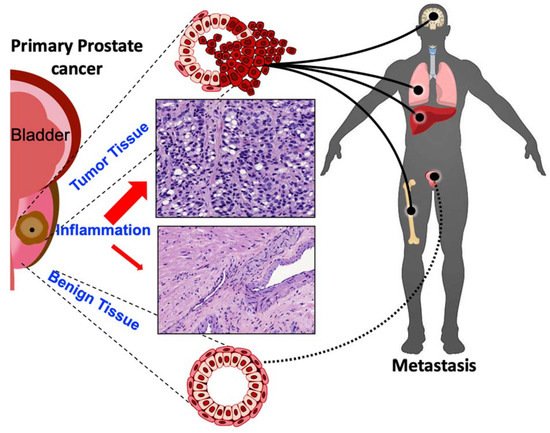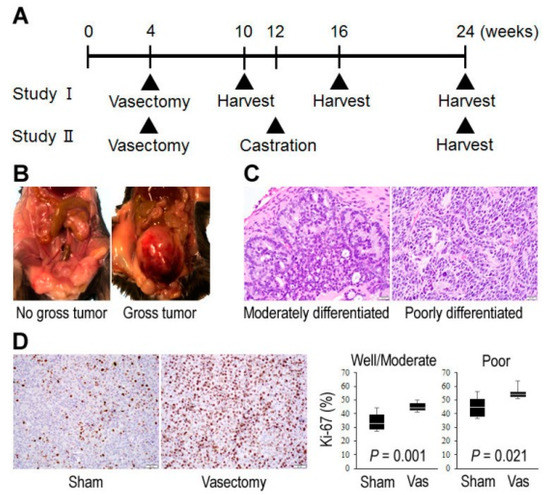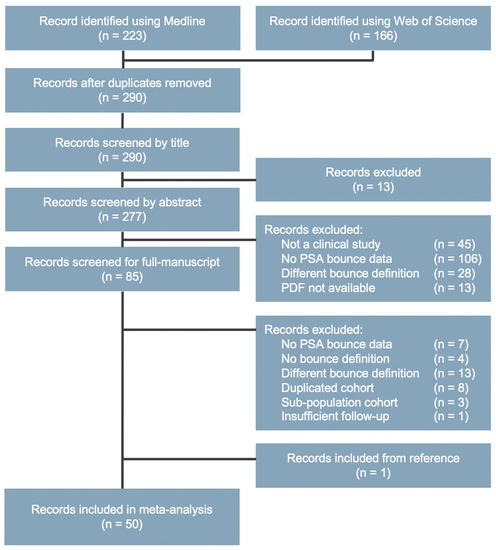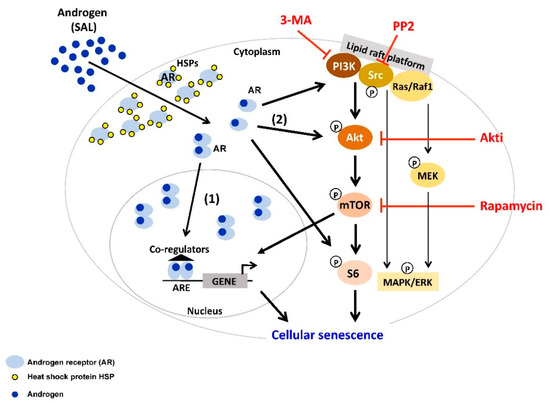Prostate Cancer—from Molecular Mechanisms to Clinical Care
A topical collection in Cancers (ISSN 2072-6694). This collection belongs to the section "Molecular Cancer Biology".
Viewed by 116364Editors
Interests: precision medicine; patients stratification; prostate cancer; molecular signatures; androgen receptor; MYC; bromodomain; chromatin; transcriptomics; single cell; gene regulation; radiobiology
Special Issues, Collections and Topics in MDPI journals
Topical Collection Information
Dear Colleagues,
Prostate cancer is the second leading cause of cancer-related death in men worldwide.
The treatment options for men with advanced form of the disease have been focused on targeting the androgen receptor signaling axes for decades. Recent technical developments that allow better resolution have increased our understanding of the molecular mechanisms that are important for prostate cancer biology and disease evolution.
As new, possibly druggable, targets are discovered and novel treatment options enter clinical trials, the need to improve the link between molecular discoveries and clinical management also increases.
This Collection will focus on the current status and challenges in treating early and progressive prostate cancer, covering topics from basic research and technical developments to specific new and emerging targets, and the clinical management of prostate cancer patients.
Dr. Alfonso Urbanucci
Dr. Delila Gasi Tandefelt
Collection Editors
Manuscript Submission Information
Manuscripts should be submitted online at www.mdpi.com by registering and logging in to this website. Once you are registered, click here to go to the submission form. Manuscripts can be submitted until the deadline. All submissions that pass pre-check are peer-reviewed. Accepted papers will be published continuously in the journal (as soon as accepted) and will be listed together on the collection website. Research articles, review articles as well as short communications are invited. For planned papers, a title and short abstract (about 100 words) can be sent to the Editorial Office for announcement on this website.
Submitted manuscripts should not have been published previously, nor be under consideration for publication elsewhere (except conference proceedings papers). All manuscripts are thoroughly refereed through a single-blind peer-review process. A guide for authors and other relevant information for submission of manuscripts is available on the Instructions for Authors page. Cancers is an international peer-reviewed open access semimonthly journal published by MDPI.
Please visit the Instructions for Authors page before submitting a manuscript. The Article Processing Charge (APC) for publication in this open access journal is 2900 CHF (Swiss Francs). Submitted papers should be well formatted and use good English. Authors may use MDPI's English editing service prior to publication or during author revisions.
Keywords
- prostate cancer
- castration resistance
- neuroendocrine prostate cancer
- personalized medicine
- precision medicine
- molecular medicine
- liquid biopsies
- cancer biomarkers
- cancer screening
- PSA
- androgens
- androgen receptor








